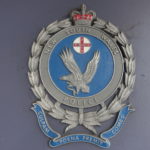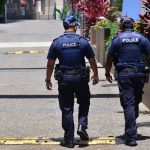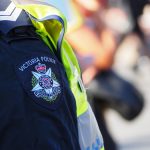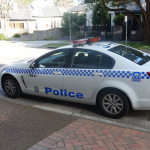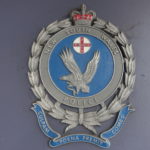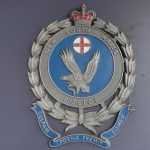NSW Police Officers Are Required to Meet Quotas
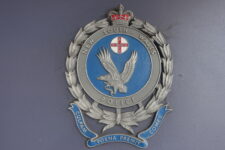
New South Wales Police Chief Mick Fuller has wasted no time in justifying his new annual salary, setting a goal for his force of officers to ‘detect’ almost 300,000 crimes across the state this year.
The targets, obtained under freedom of information laws, are set under 15 policing categories, and by suburb. They show that police aim to carry out almost 18,000 search warrants this year.
In total, across all categories excluding personal search, move-on orders and injury and fatal crash targets, Kings Cross has the highest target for 2020 at 106 detections per 1000 people living in the area, more than double the NSW average target of 49 detections per 1000 people.
The smallest targets are for Quakers Hill and Ku-ring-gai, at 19 detections per 1000 people, and Ryde and Camden, at 20 each.
Targets have also been set for apprehended violence order breaches leading to legal action, and for successful prosecutions from issuing court attendance notices.
Alarmingly, the state-wide target for drug detection (supply), which has grown the most, increased 86 per cent to 6462 this year. Actual rates of drug supply detection have grown by 18 per cent over the same period, to 7338 offences in 2019.
Targets increase while crime rates fall
This year’s overall numbers reflect a five percent increase in targets over the past four years, despite the actual number of crimes being detected also falling by five percent over the same period.
Targets, which according to the New South Wales Police Force, are based on averaging actual incidents over a three year period. The organisation calls them ‘Community Safety Indicators’, necessary for ‘proactive policing’.
Targets are nothing new – not in the police force or any other organisation which wants to measure employee performance. But … and it’s a big but, there’s little evidence to demonstrate that these targets are actually effective, and trying to meet targets can lead to ordinary individuals having their basic freedoms taken away, through unjustified searches and arbitrary arrests.
The potential dangers of police targets
In Victoria in 2018, an investigation revealed that over a five-year period Victorian police officers faked 258,000 preliminary roadside breath tests (PBTs) by either placing a finger over the straw entry hole or blowing into the straw themselves, thereby producing a 0.00 reading.
The practice was found to be most common amongst officers on general duties and highway patrol members, particularly in rural areas.
The speculation as to why the tests were faked ranges from: officers simply being lazy and not wanting to work, to wanting to appear they worked harder than they did, to not wanting to test people they know in close communities, to claims they had to meet test quotas.
It’s just one example. But it highlights how pressure to meet targets can undermine the integrity of the police force, and foster a culture of unethical behaviour.
While the NSW Police force justifies the use of targets, saying that “ By monitoring performance across a range of key policing areas, commanders are able to ensure their police are providing the best possible service and safest community standards to the citizens of NSW,” targets have lawyers, criminologists and social workers seriously concerned.
And this is because the pressure of quotas can mean police will find easy targets, such as the homeless, Indigenous people and other marginalised groups or rebellious youths to target.
Over-policing and the effect on crime
Time and again research has demonstrated that more police, and over-policing have very little effect on crime rates. This was clearly demonstrated this year during the Covid-19 lockdowns when public health and safety laws were enforced with vigor by police, but in such a haphazard way that people were unfairly targeted. A man sitting alone eating a kebab on a park bench was fined, when seemingly, despite the fact that he was out of his home, he was adhering to requirements for social distancing.
Making police obliged to fill quotas can inadvertently lead to unlawful arrests, and other illegal practices, such as demonstrated by the fact that the Law Enforcement Conduct Commission’s recent investigation into strip searches determined that some of the searches undertaken on youths at music festivals had been done so without following proper protocol and procedure, amounting to serious misconduct. But by then, the damage had already been inflicted on the youths who are now dealing with the shame and humiliation of such an intrusive practice.
And when lofty targets are in place, and there is an expectation that officers will meet them, it’s entirely possible that Police will be in danger of putting the ‘numbers first’ which can also lead to an abuse of police powers and erosion of human rights as police focus solely on ‘getting the job done’.
What’s more, the whole idea of quotas goes against the idea of community policing, whereby police aren’t a force to be reckoned with or feared, but a collaborative group which works within the community to identify and help solve crime and other social problems, and build trust.


